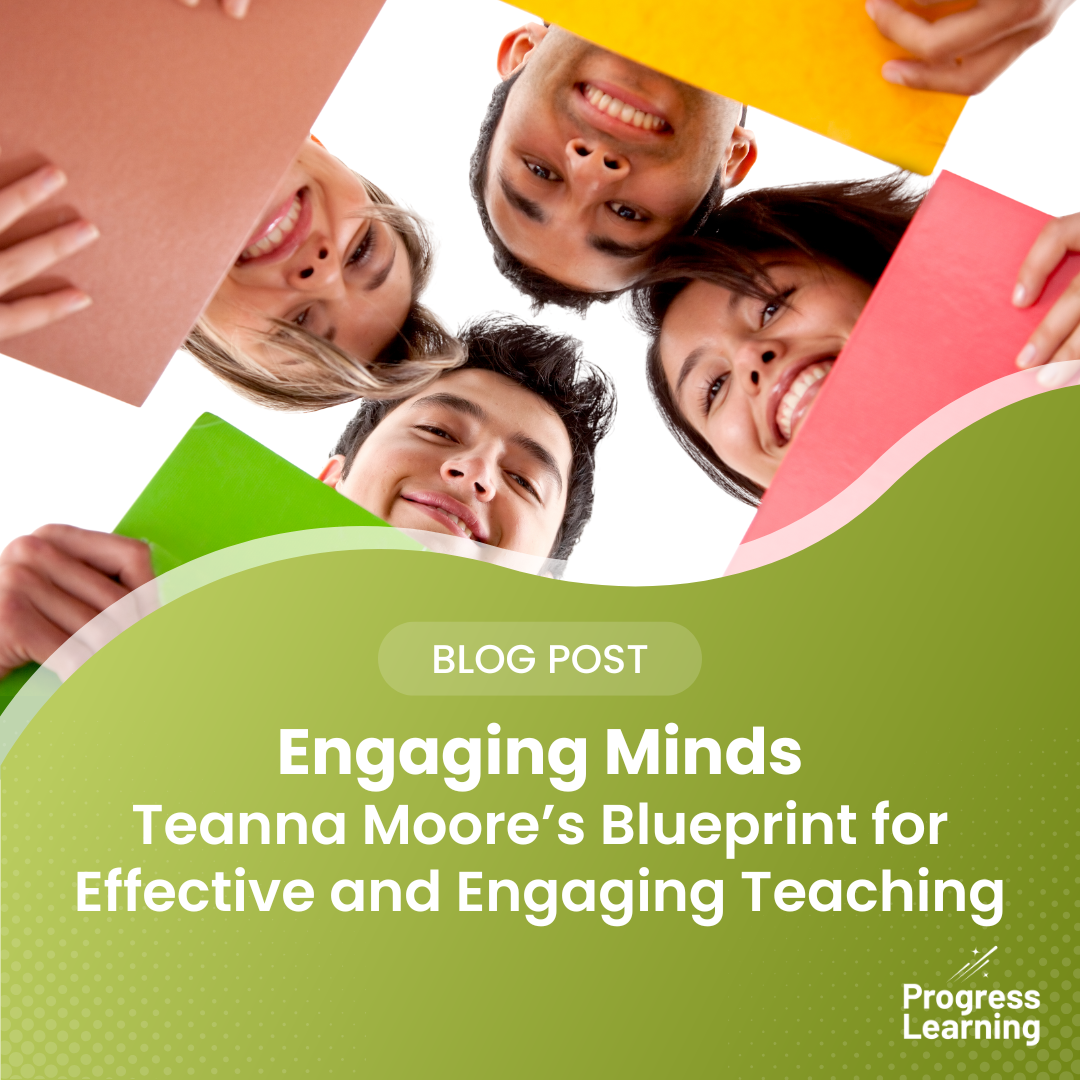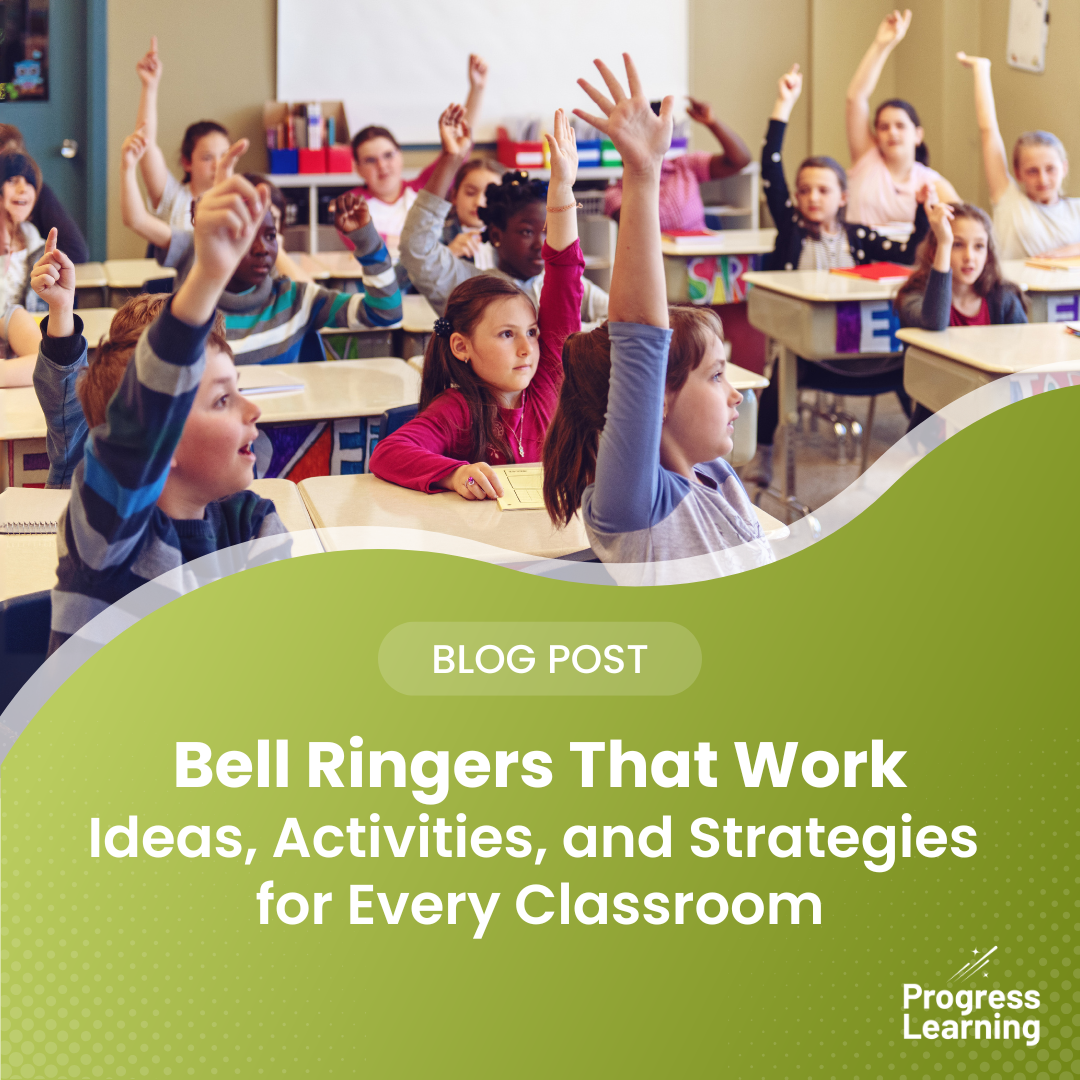Levels of Student Engagement and How You Can Measure Them
When students are truly engaged, learning sticks. They ask questions, explore ideas, and actively participate in class—and those are the moments when educators know they’re making a real impact. But how can schools and districts measure student engagement in meaningful ways? Here’s how to get started.
Why Student Engagement Matters
Student engagement is closely tied to achievement, behavior, and long-term academic success. Research shows that students who are engaged are more likely to excel academically, develop critical thinking skills, and persist through challenges. For schools and districts, knowing where students fall on the engagement spectrum helps in making data-driven decisions about intervention, curriculum, and instructional strategies.
The 5 Levels of Student Engagement

Engagement isn’t a yes/no question. It exists on a continuum, and recognizing where students fall can guide the next steps. The framework below is adapted from Phillip Schlechty’s model and research-backed educator insights.
| Level | What It Means | Student Behaviors | How to Measure or Identify | Tips for Educators |
| Engagement | Students are intrinsically motivated and find personal value in the work. They are curious, persistent, and invested in learning. | Asking questions, connecting learning to personal interests, exploring topics beyond requirements. | Observation of deep participation, frequent voluntary contributions, usage data showing consistent and meaningful engagement with learning tools. | Use student voice and choice. Provide project-based or inquiry-driven learning opportunities. Connect tasks to student interests. |
| Strategic Compliance | Students do the work to meet expectations or get rewards. They’re motivated by grades, praise, or test scores, not the learning itself. | Focused on directions and rubrics, concerned with outcomes, asks “Will this be on the test?” | High completion rates, test-prep behavior, performance-driven goal setting. Often performs well but lacks creativity or deeper questioning. | Offer challenges that require critical thinking. Connect standards to real-world scenarios to deepen relevance. |
| Ritual Compliance | Students go through the motions to avoid negative outcomes. They follow rules and routines, but with little emotional or cognitive investment. | Quietly completing work, rarely asking questions, passive participation. | Regular attendance, basic task completion without depth, minimal effort. Assignment quality may be low despite completion. | Mix up routines. Use collaborative activities and formative check-ins to spark interest and engagement. |
| Retreatism | Students are disengaged and disconnected. They avoid participating but don’t typically disrupt class. | Staring into space, not turning in work, physically present but mentally elsewhere. | Missing or incomplete assignments, lack of participation, frequent absences. May appear compliant but is mentally withdrawn. | Rebuild trust and connection. Check in one-on-one, use interest surveys, and scaffold success with targeted support. |
| Rebellion | Students are actively disengaged and may be disruptive. They resist participation and challenge authority or classroom expectations. | Refusing to do work, off-task behavior, negative or oppositional attitude, disrupting peers. | Behavior incidents, conflict with peers/teachers, low grades, chronic noncompliance. | Seek root causes. Use restorative practices, consistent expectations, and alternative outlets for student voice. |
Why This Framework Matters
Understanding why a student is disengaged is just as important as recognizing that they are. For example:
- A student in Strategic Compliance may need more autonomy to move into true engagement.
- A Retreating student might be facing challenges outside the classroom—social-emotional support and personalized instruction can help re-engage them.
- A student in Rebellion may be seeking control or attention and may respond well to consistent structure and positive relationships.
This framework also helps school and district leaders move beyond surface-level compliance (e.g., students sitting quietly) to more meaningful indicators of learning. It allows teachers to tailor strategies and administrators to support systems that increase engagement at scale.
How to Measure Engagement School-wide
While some signs of engagement are observable in the classroom, districts need broader tools to track engagement trends and intervene early. Consider:
- Progress Monitoring Platforms: Platforms like Progress Learning provide real-time insight into how students engage with content, how often they interact with it, and how much they’re growing.
- Behavior & Attendance Data: Chronic absenteeism, tardiness, or discipline referrals can be red flags.
- Teacher Observations: Training teachers to recognize levels of engagement can make informal walkthroughs more meaningful.
- Student Voice: Surveys and reflection journals can offer insight into emotional and cognitive engagement, especially for older students.
Quick Tips to Increase Engagement
Looking to boost student engagement? These strategies from our guide on increasing engagement are a great place to start:
- Give students meaningful choices in assignments.
- Make learning relevant by tying it to real-life scenarios.
- Use gamification strategies like Galaxy Stars to keep motivation high.
- Differentiate instruction with tools like Liftoff for remediation and intervention.
- Celebrate both effort and achievement to boost intrinsic motivation.
Student engagement is a moving target—but it’s one worth aiming for. With the right framework, tools, and strategies, schools and districts can create environments where every student feels motivated to learn, grow, and thrive.
Want to see how Progress Learning can support engagement at your school or district? Get in touch with our team to learn more or schedule a demo below!


